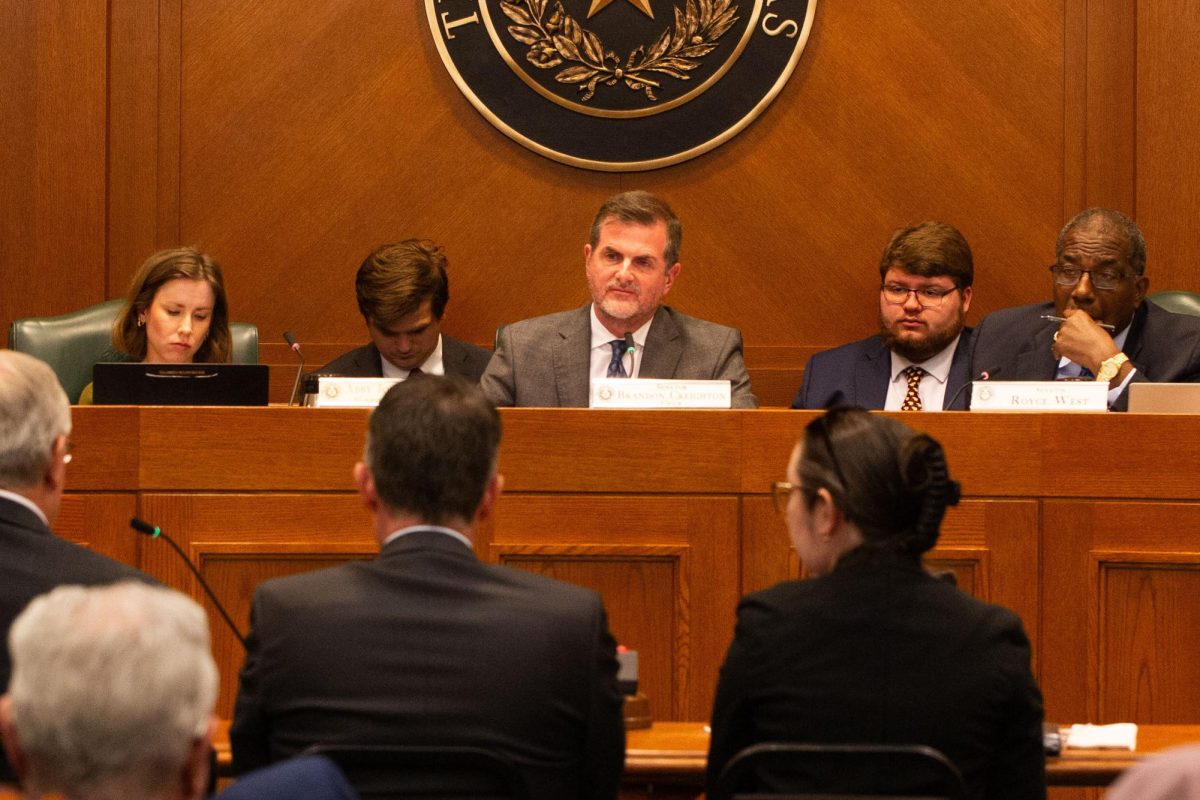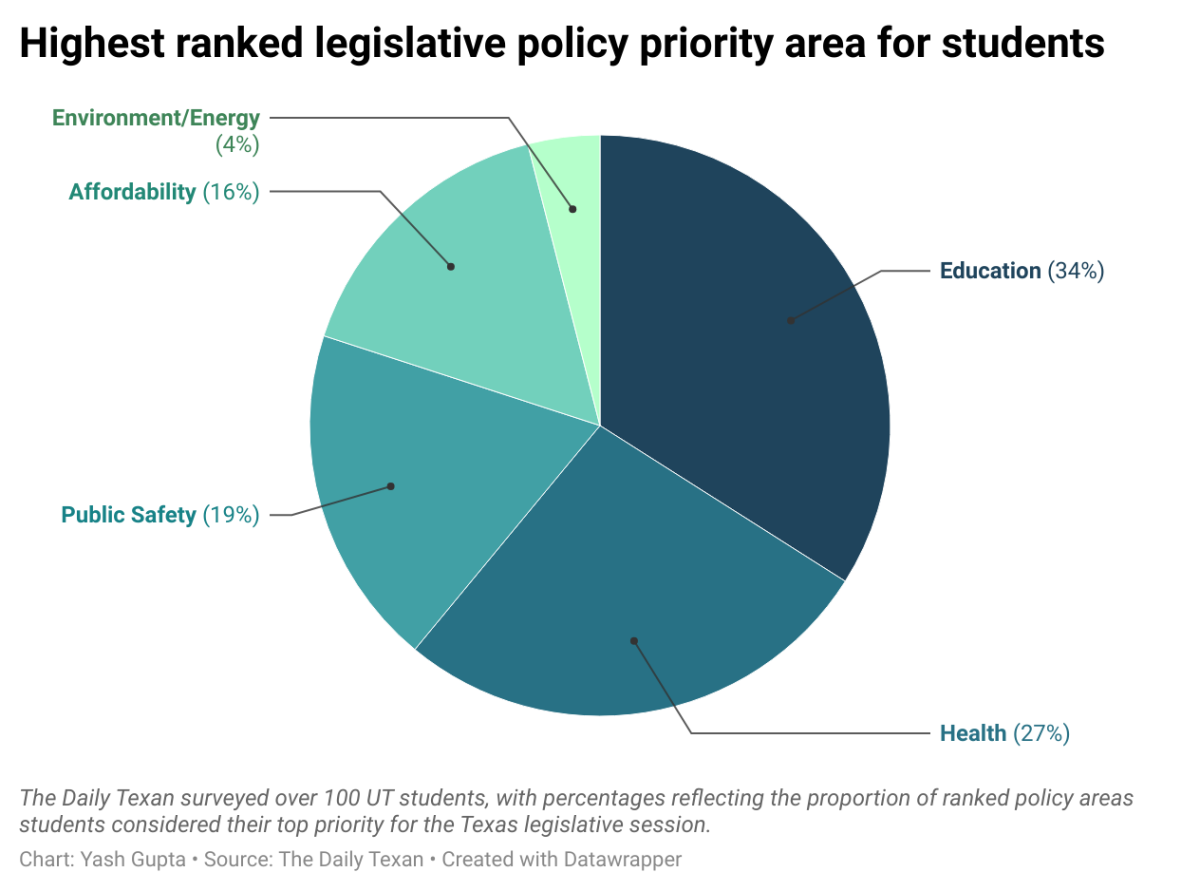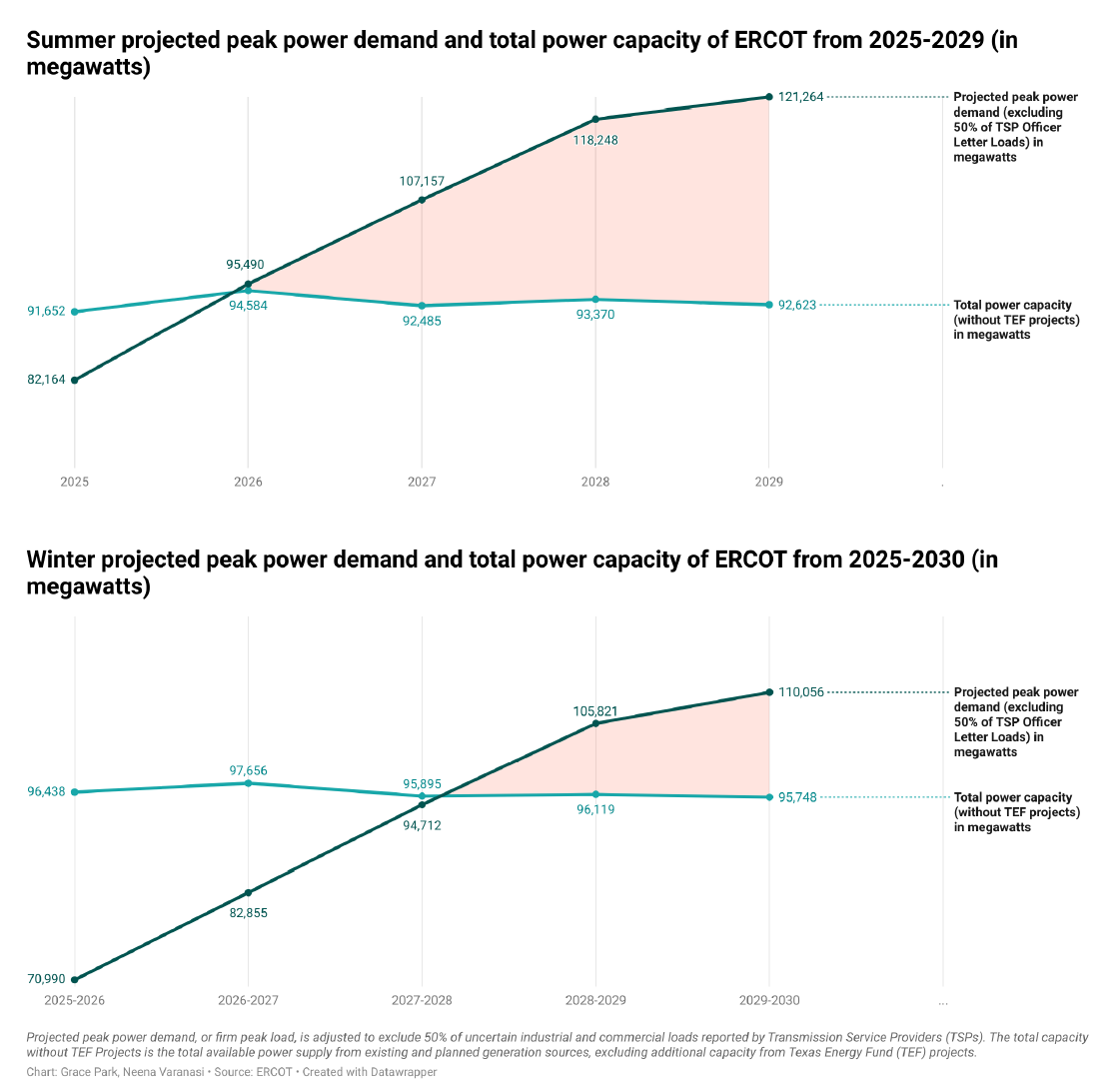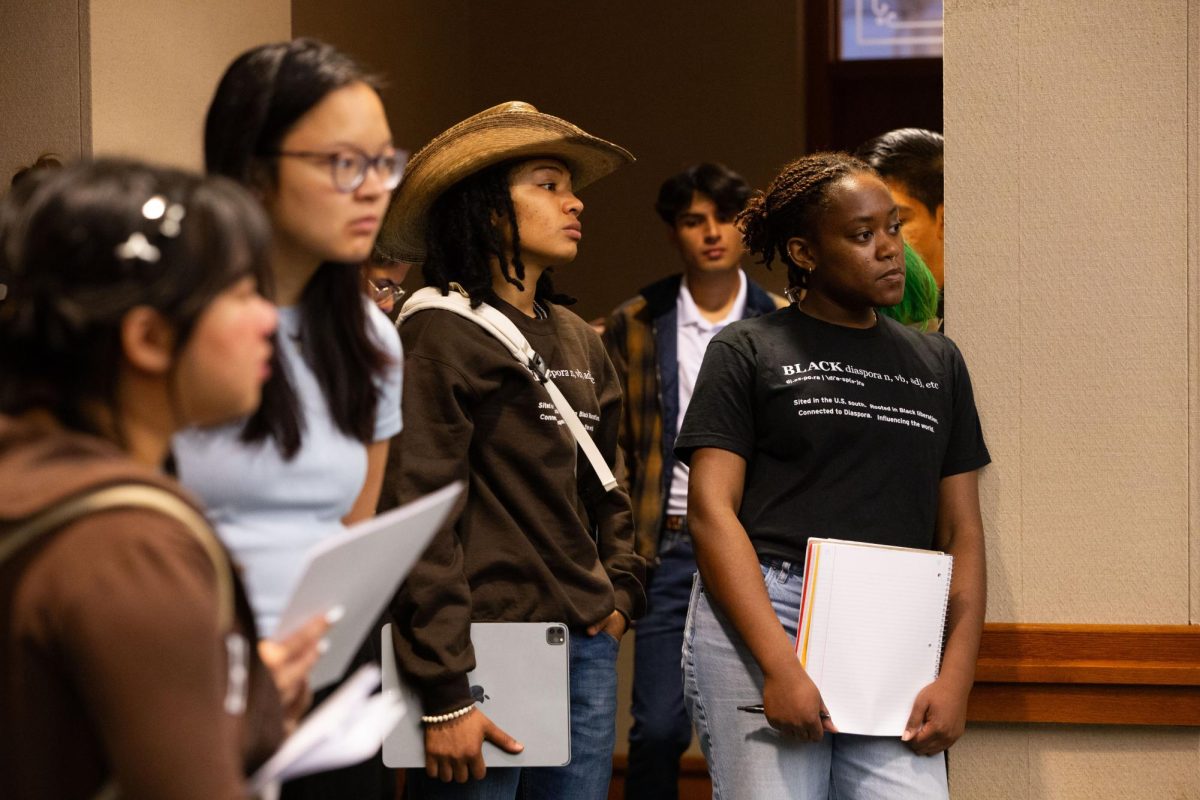Two wind farms situated atop University Lands in West Texas contribute to Texas’ dominance in wind energy production, while providing funding for the University and clean energy for thousands of Texans.
The Woodward Mountain Wind Ranch and Indian Mesa Wind Farm have been operational on University Lands since 2001. The office of University Lands leases the 2.1 million acres for various purposes, including oil and gas production, as well as the installation of pipelines and even a commercial winery, said Richard Brantley, associate director of surface and mineral interests for University Lands.
“Energy companies pay a commercial lease, and they pay a royalty on the power that they produce,” Brantley said. “Everything we do is commercial. Our mission is to make money for the University of Texas System.”
The Woodward Mountain Wind Ranch is a 160-megawatt wind generation plant capable of providing power for 72,600 homes. The Indian Mesa Wind Farm is a smaller operation, producing 82.5 megawatts that can provide power for 20,500 homes.
The wind farms are operated by NextEra Energy Resources, the largest wind energy generator in America. NextEra is one of 1,300 companies in industries directly and indirectly related to renewable energy that operate in Texas and employ nearly 100,000 workers, according to the 2012 Texas Renewable Energy Industry report.
According to the report, Texas’ 10,394 megawatt wind energy capacity exceeds that of all but five countries. Much of Texas’ dominance in the renewable energy field is a result of the Texas Renewable Portfolio Standard, enacted in 1999 and extended in 2005 to increase the minimum statewide capacity for renewable energy production. According to the report, the state’s installed capacity reached the 10,000 megawatt target in early 2010 — 15 years ahead of schedule.
The distribution of wind energy in Texas has not come without its pitfalls. Because the majority of operational wind farms are installed in West Texas, finding ways to transport energy eastward toward metropolitan areas has posed problems.
“We don’t have enough capacity to bring the wind from where it’s being produced to where it’s needed,” Lance Manuel, an engineering professor at UT, said. “The amount of energy the farms in West Texas are producing is much more than that area needs. Wind is only needed where people can use it, like major metropolitan areas.”
Manuel said the expansion of wind energy production in Texas is likely to slow in the future.
“We don’t have enough capacity to bring the wind from where it’s being produced to where it’s needed,” Manuel said. “It is possible to get the energy from West Texas to metropolitan areas in the east. However, it can’t happen at a sustained rate without some infrastructure by way of transmission lines and expansion.”




















